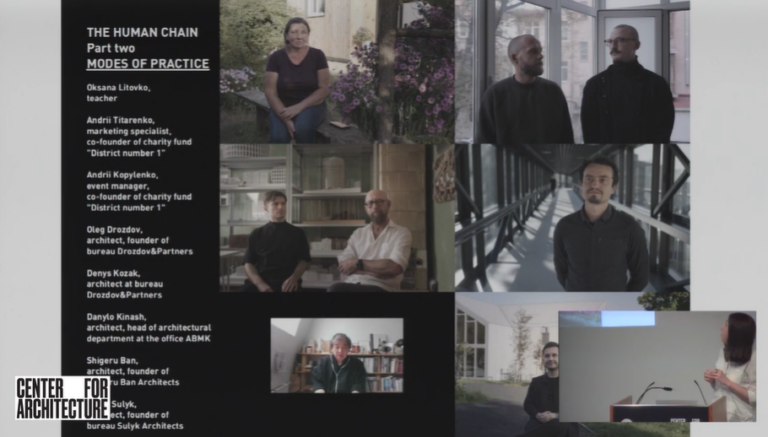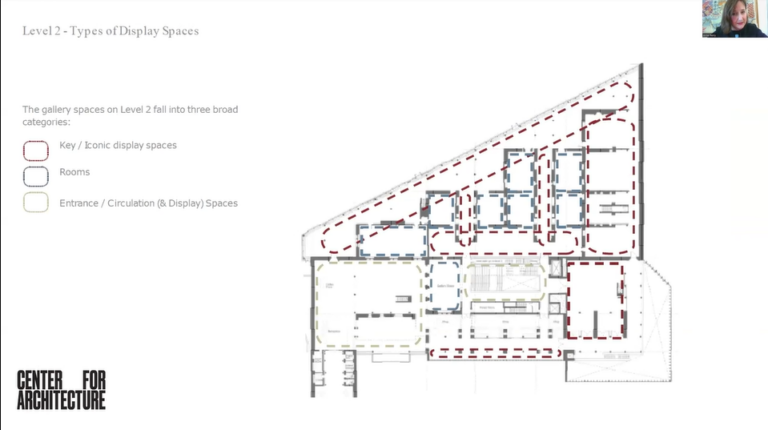Fires continue to adversely impact our cultural heritage. This includes our historic, sacred structures like Notre Dame in Paris and St. Sava Serbian Orthodox Church in New York, as well as invaluable collections like those in Brazil’s National Museum. Other cultural heritage sites and structures, such as historic ships (Cutty Sark), bridges (Kapellbrücke Bridge, Switzerland), national monuments (Namdaemun Gate, South Korea), and tombs (Kasubi Tombs, Uganda) ahave also experienced significant fires. Whether a World Heritage Site or an important monument within our local community, they each represent significant losses when damaged or destroyed by fire.
Through detailed research into these past fires, a significant amount can be learned to better protect our shared cultural heritage. This includes understanding why fires start, how and why they progress, what can fail, and what works limiting fire-related damage. Several common themes emerge in this research, showing fire risks to historic sites and structures can be mitigated through undertaking a hazard/risk-based approach to develop tailored, risk-informed, long-term sustaianble prevention, mitigation, response, and recovery strategies that result in multiple benefits to important heritage sites and the people who care for them, use them, and protect them.
Whether using conch shells as fire alarms or wool blankets to smother fires, alternatives exist that can take advantage of local resources. When protecting cultural heritage sites and structures in the middle of New York City or in some of the remotest areas in the world, with limited resources and no fire brigades, we can make more informed decisions to better protect our heritage.
Introductions by
Nancy Rankin, AIA, Co-Chair, AIANY Historic Building Committee; Architect, John G. Waite Associates, Architects PLLC
Ben Prosky, Assoc. AIA, Executive Director, AIA New York | Center for Architecture
Bénédicte de Montlaur, CEO, World Monuments Fund (WMF)
Speaker
Chris Marrion, Founder, Marrion Fire & Risk Consulting
Organized by
AIANY Historic Buildings Committee and World Monuments Fund (WMF)



